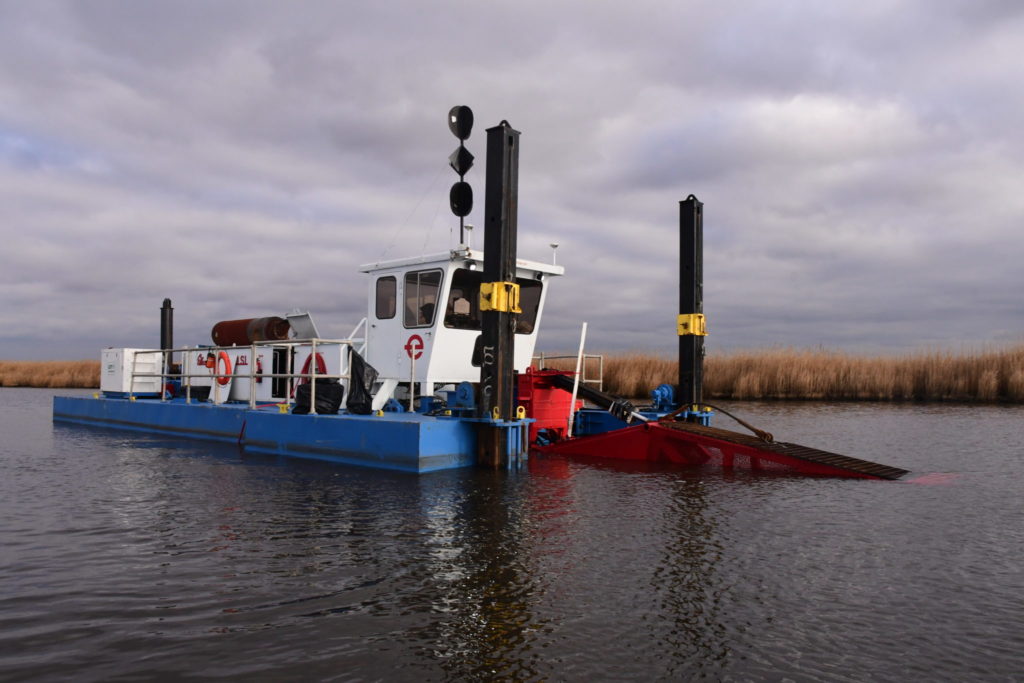

This process is experimental and the keywords may be updated as the learning algorithm improves.Īuthorities and planners involved in river restoration projects often tend to focus on the hydromorphological state of a short river reach or certain aquatic habitats where the pending deficits are most evident. These keywords were added by machine and not by the authors.

Locally implemented river restoration projects may also influence the up- and downstream fluvial processes and, thus, the habitat availability and the ecological state of longer river sections. What seems to be clear for river channelization does also apply to restoration measures. Human interventions into riverine environments always call for consideration of unintended side effects and potential long-term legacies that may cause new problems at upstream or downstream sections. Rather they influence much longer river sections or even the whole river system, including the tributaries. Changes in upstream sediment delivery and altered discharge regimes trigger local channel adjustments.Īccordingly, channelization measures do not only affect the physical configuration and dynamic fluvial processes at a respective river reach. geology, topography) on the other side lead to the formation of certain channel patterns. Over the long term, both sediment transport and discharge, on the one side, and the local/sectional setting (e.g. Rather they are the product of influxes from the upstream catchment. Channel geometry and fluvial dynamics are not solely determined by local geomorphological framework conditions. Nevertheless, for long-term and sustainable restoration, one should also consider flood dynamics and other interlinked processes at larger spatio-temporal scales, ideally at the catchment scale.

Authorities and planners involved in river restoration projects often tend to focus on the hydromorphological state of a short river reach or certain aquatic habitats where the pending deficits are most evident.


 0 kommentar(er)
0 kommentar(er)
